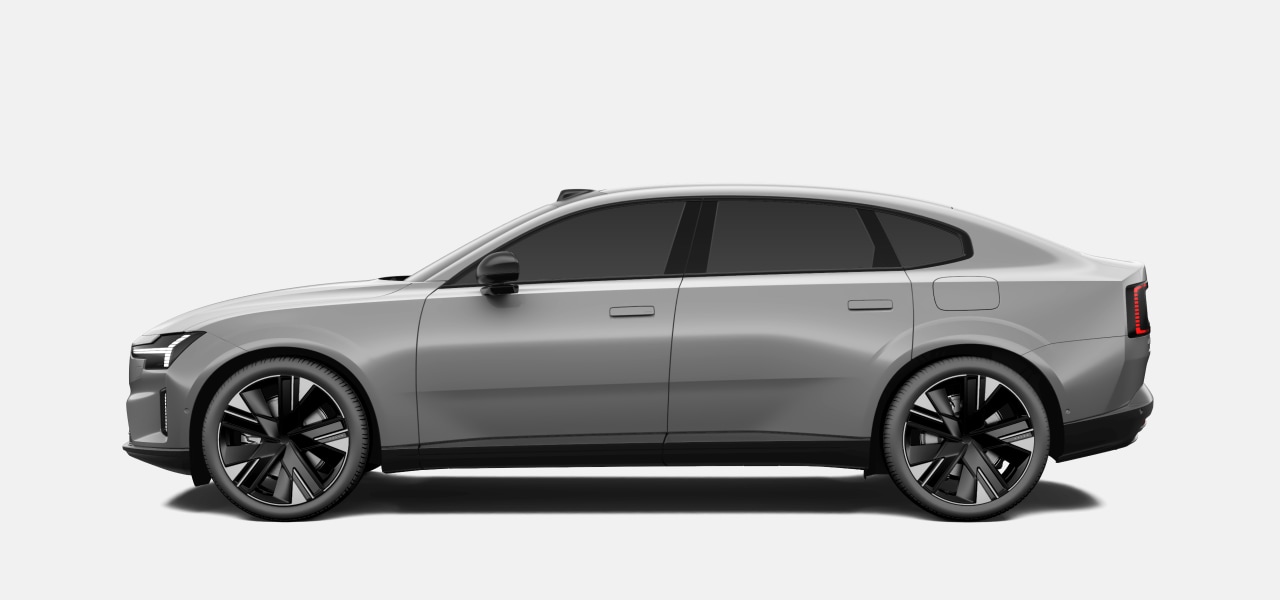
| Foot brake | Your main way of braking manually. Pressing the brake pedal may activate regenerative braking or engage the friction brakes, depending on the driving conditions. |
| One pedal drive | When One pedal drive is active, you control both braking and acceleration with the accelerator pedal. |
| Regenerative braking | Slows the car down by using the car’s movement to charge the battery.1 |
| Friction brakes | Slows the car down by engaging the disc brakes. |
| Parking brake | Keeps the car in place while parked. |
| Auto hold | Automatically applies the brake to hold the car when coming to a stop. |
| Automatic braking | This is a general term for the car's braking interventions. Several driver support and safety systems can intervene and perform braking manoeuvres for safety reasons or convenience. |
| Post-impact braking | Automatic braking after severe collisions to avoid further hazards. |
| Electronic stability control2 | Helps prevent skidding and other stability-related issues by automatically applying the brakes. |
| Anti-lock braking system3 | Prevents the brakes from locking up during hard braking. This improves the braking performance, stability and manoeuvrability of the car. |
Important
Brake wear indicators
Your car is equipped with brake wear indicators which are metal strips that are attached to the brake. The indicators make a noise when the brake pad wears down.
If you hear a noise from the brakes, contact an authorised Volvo workshop to have the brake pads inspected and, if necessary, replaced. Driving with worn brake pads can compromise safety and damage the brake discs.
Note
Brake lights
Your car's brake lights automatically light up during braking manoeuvres. The lights respond to manual braking from brake pedal use and One pedal drive, as well as automatic braking from any driver support system.
Emergency brake lights
During hard braking manoeuvres, or if the ABS system is activated, your car's emergency brake lights can activate. This causes the brake lights to flash to alert vehicles behind you. Your car's hazard warning lights can also be activated in these situations, but only after the car has slowed down to a speed below 10 km/h (6 mph).